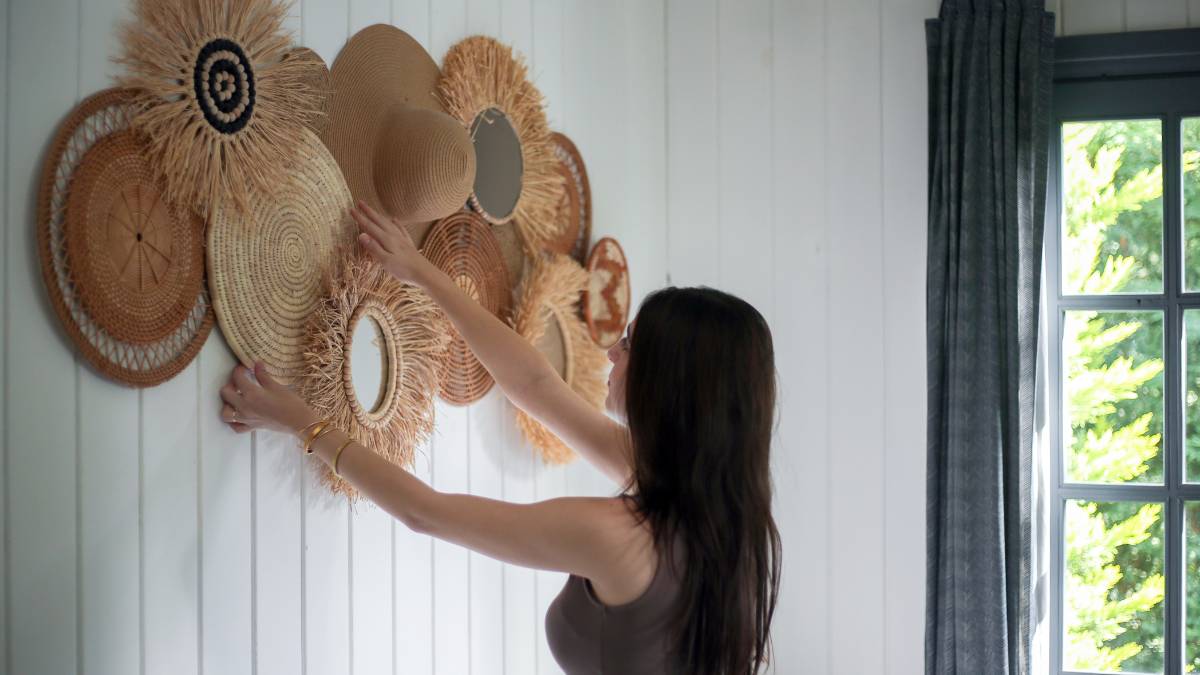Last Updated on March 17, 2024 by Kravelv Spiegel
One of the most exciting projects you could possibly choose to embark upon outside the professional arena is to redesign and redecorate one or more of your rooms inside your home. Obviously, to avoid wasting your hard-earned money and ending up with a finished product that you’re less than satisfied with, this requires a great deal of planning and research. To help, here’s everything you need to know about redecorating your home.
Design a Mood Board
First and foremost, as eager as you may be to get started with the paintbrush, it’s important to collate your thoughts, ideas and inspiration from various sources into a cohesive design and layout for the room you’re concentrating on.
The best way to do that and indeed, the most fun, is to design a mood board for each room you’re planning on changing, which can include words and quotes cut out from magazines conveying the kind of mood and ambience you’re looking to create, as well as visual images of design pieces and color schemes.
Include Strategically Placed Patterns
Any professional interior designer will tell you that the strategic use of patterns can make a hugely impressive difference to the finished design and atmosphere of a room.
Depending on your personal preferences and whether you’re interested in following the latest trends in the interior design world, you could place significance on a striking and stand-out pattern framework, or else just scatter hints of texture in patterns around the room.
It would also be worth pointing out that the right pattern could serve to introduce a sense of grandeur and elegance into the finished look, as long as you’re careful with the design you choose.
Paintwork is Everything
Perhaps the most important element of the new design of a room is the color scheme, and specifically, the choice of color for the walls. These days, wallpaper has become outdated and severely declined in popularity, which is why for a modern, fresh, and beautifully finished aesthetic, paintwork is definitely the better choice.
Five Star Painting Overland Park will be more than willing to answer any questions relating to the choices in paint available to you, as well as offer you commitment-free advice on which colors will work best together and the right way to go to compliment the space you’re decorating.
It may well be the case that, for example, you’ve purchased a fabric for your new curtains that you absolutely adore and want to use the texture, patterns, and colors within the fabric as a basis for the entire room design. Using catalysts for design such as this is the best way to bring everything together in the space and ensure that you produce a stunningly cohesive finished effect.
Maximize the Volume of Natural Light
Next, not only is natural light an important component of the design and aesthetics of a room, but it’s also much healthier for you to be spending time in a space with bright, fresh and natural light inside, rather than only ever exposing yourself to artificial brightness.
More exposure to sunlight is a great way to naturally boost your mood and outlook, as well as a way of protecting and preserving the quality of your vision and providing you with longer hours of productivity during a day spent working from home.
Luckily, there are a whole host of proven-to-be effective ways of bringing more light into a room, including:
- Using light paint colors on the walls and ceiling
- Replacing smaller windows with larger ones
- The strategic placement of long mirrors
- Incorporating several reflective surfaces
- Removing any objects that block natural light
- The installation of one or more skylights
Consider Visual Weight
Finally, when choosing new items of furniture or indeed, upcycling older furniture yourself at home, not only does each item need to be conducive to the overall ambience and atmosphere of the space, but you must also think about the visual weight of each piece.
A good example of this would be in the bedroom, as when you choose an ornate and vintage-looking headboard, as stunning as the focal point will be, you’re adding visual weight to the room, whereas a smaller and thinner headboard will keep the ambience lighter.
Additionally, a great way of reducing a high volume of visual weight in any room throughout your home is to hang long, wide, and clean mirrors on the walls opposite the windows.

